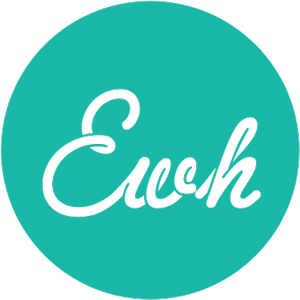
Self-Editing Part 2: Tools & Resources for Picture Book Authors
Hello, fellow writers! As I mentioned in my previous post, self-editing is a crucial skill for picture book authors. Here are some tools and resources that can help you polish your manuscript before seeking professional help.
1. Writing Software – Tools like Scrivener, Google Docs, and Microsoft Word offer features that can help you organize and edit your manuscript. Do some research and explore what each of these platforms have to offer with respect to keeping track of revisions, comments, and notes. They are also regularly updated with exciting new tools. For instance, did you know that Word now has a dictation mode? You may be surprised to discover what else your word processing software can do for you beyond just writing!
2. Grammar and Style Checkers – It’s important not to rely on your writing software to catch all grammatical or style errors. Online programs like Grammarly and ProWritingAid can be of additional help in catching grammatical errors and improving your writing style. They offer suggestions for clarity, conciseness, and readability. A good style guide is also an essential asset—most publishers use The Chicago Manual of Style, but another classic style guide is Strunk and White’s The Elements of Style.
3. Thesaurus and Dictionary – A good thesaurus and dictionary are invaluable tools for any writer. They can help you find the perfect word and ensure you’re using language accurately and effectively. I use both old-fashioned print and online versions for maximum support.
4. Beta Readers – Trusted beta readers can provide feedback from a reader’s perspective and help you identify areas for improvement. These can be friends, family members, fellow writers, or children in the target age range of your story. Just be sure that if your Beta readers are NOT in the industry or in the target age range, they understand the specific nuances and standards of picture books.
5. Critique Groups – Joining a critique group can provide you with regular feedback from other writers. This collaborative environment can help you refine your manuscript and learn from others’ experiences.
6. Writing Guides – Books like Writing Picture Books by Ann Whitford Paul, Writing Irresistible Picture Books by Mary Kole and The Complete Idiot’s Guide to Publishing Children’s Books by Harold D. Underdown offer valuable advice and strategies for writing and editing picture books.
7. Online Resources Websites like SCBWI (the Society of Children’s Book Writers and Illustrators), Kidlit411.com, the 12X12 Challenge and KidLit.com offer articles, forums, and resources specifically for picture book authors. (Note that SCBWI and 12X12 require paid membership – but it’s SO worth it.) These platforms can provide support and guidance throughout the writing process.
8. Workshops, Webinars, and Conferences Consider attending workshops, webinars and conferences focused on writing and editing picture books. These can provide you with new techniques and insights from experienced authors and editors. I happen to be a co-founder of Picture Book Summit, the annual online conference exclusively for picture book authors and illustrators now in its 10th year, and would be remiss if I didn’t recommend that. I also host the annual Southampton Children’s Literature Conference at Stony Brook Southampton, and co-host The Complete Picture Book Submissions System online with Julie Hedlund.
By utilizing these tools and resources, you can enhance your self-editing process and create a stronger, more polished manuscript.
